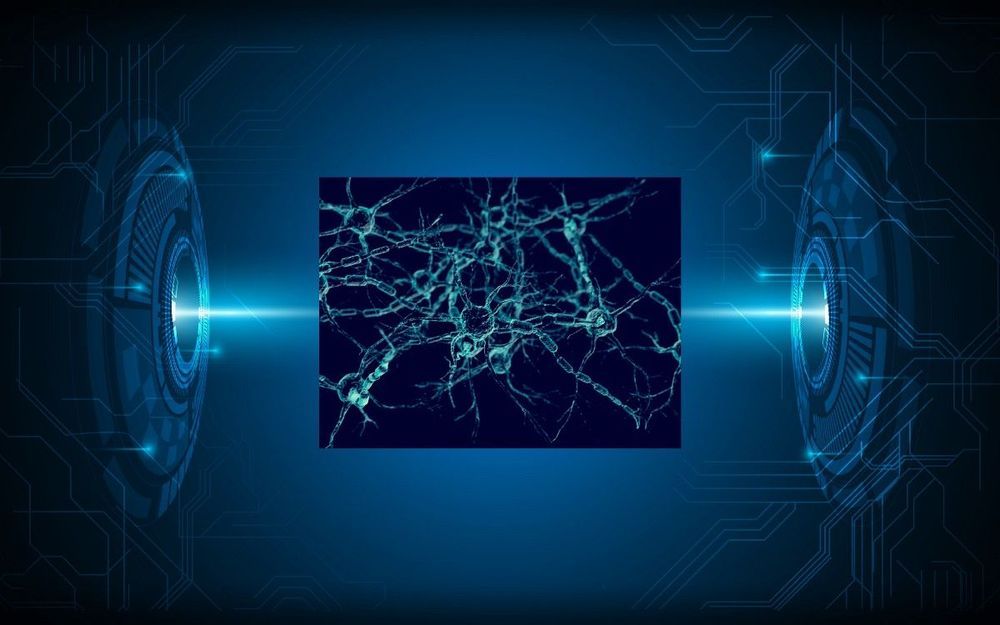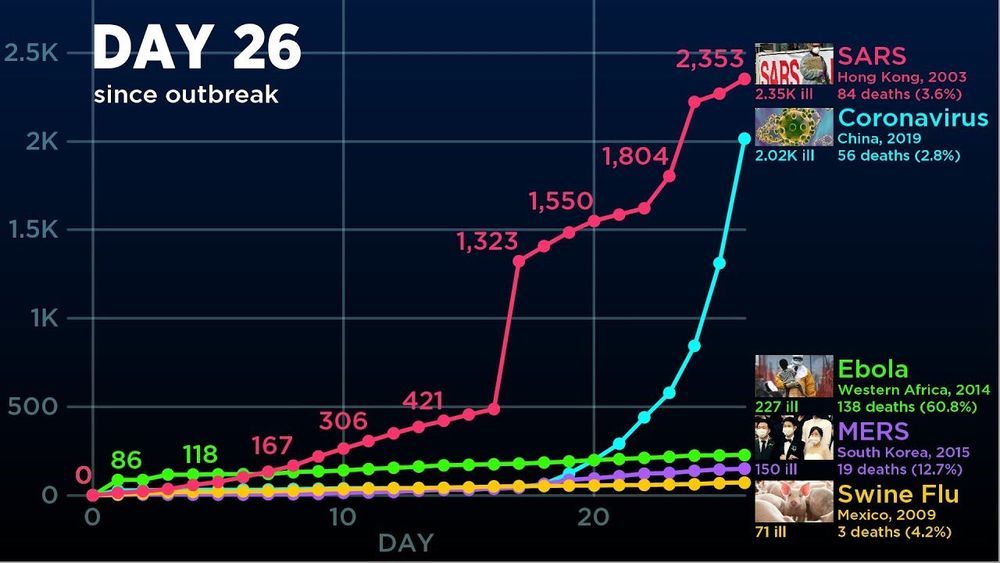CRISPR Used To Edit Genes Inside A Patient With A Rare Form Of Blindness : Shots — Health News Doctors used CRISPR to edit genes of cells inside a patient’s eye, hoping to restore vision to a person blinded by a rare genetic disorder. A similar strategy might work for some brain diseases.
Cat language decoded
Posted in futurism
KABUL — The United States conducted an airstrike on Wednesday against Taliban fighters in Afghanistan’s southern Helmand province, a U.S. forces spokesman said, the first such attack since a troop withdrawal agreement was signed between the two sides on Saturday.
The Taliban fighters were “were actively attacking an [Afghan National Security Forces] checkpoint. This was a defensive strike to disrupt the attack,” said Colonel Sonny Leggett, a spokesman for the U.S. Forces in Afghanistan in a tweet.
He said Washington was committed to peace but would defend Afghan forces if needed.
SAN FRANCISCO – PredaSAR, a Florida startup led by retired Air Force Maj. Gen. Roger Teague, raised $25 million in seed funding for its plan to build a constellation of at least 44 Synthetic Aperture Radar (SAR) satellites.
“The Defense Department has been after a space-based radar solution for many years,” Teague told SpaceNews. “There’s a need for a SAR moving-target indicator… I believe there is going to be strong market demand.”
PredaSAR was founded in 2019 by Marc Bell, an entrepreneur and investor who is the chairman and co-founder of Terran Orbital, which owns Tyvak Nano-Satellite Systems. Bell now serves as PredaSAR’s chairman. Before closing the seed funding round, PredaSAR hired Tyvak to build its first two satellites, Bell said.
One year ago today, SpaceX took a giant leap forward for private spaceflight with the launch of its first Crew Dragon to the International Space Station and the company is celebrating that feat with an epic new video.
The new video, which SpaceX shared on YouTube and Twitter, shows the company’s first Crew Dragon spacecraft launched on the Demo-1 mission from NASA’s Kennedy Space Center in Florida. The mission, an uncrewed test flight, launched a spacesuit-clad dummy named Ripley and an adorable Celestial Buddy Earth plush toy to the station.
A compound found in oranges has been found to target obesity and reduce the risks of developing associated diseases, according to a new study. The researchers note that drinking enough orange juice every day may have a drastic impact on obesity as a result, even in cases where a high-fat and high-cholesterol diet is being consumed. The beneficial compound was also found to reduce the amount of plaque in arteries.
The scientific revolution was ushered in at the beginning of the 17th century with the development of two of the most important inventions in history — the telescope and the microscope. With the telescope, Galileo turned his attention skyward, and advances in optics led Robert Hooke and Antonie van Leeuwenhoek toward the first use of the compound microscope as a scientific instrument, circa 1665. Today, we are witnessing an information technology-era revolution in microscopy, supercharged by deep learning algorithms that have propelled artificial intelligence to transform industry after industry.
One of the major breakthroughs in deep learning came in 2012, when the performance superiority of a deep convolutional neural network combined with GPUs for image classification was revealed by Hinton and colleagues [1] for the ImageNet Large Scale Visual Recognition Challenge (ILSVRC). In AI’s current innovation and implementation phase, deep learning algorithms are propelling nearly all computer vision-intensive applications, including autonomous vehicles (transportation, military), facial recognition (retail, IT, communications, finance), biomedical imaging (healthcare), autonomous weapons and targeting systems (military), and automation and robotics (military, manufacturing, heavy industry, retail).
It should come as no surprise that the field of microscopy would ripe for transformation by artificial intelligence-aided image processing, analysis and interpretation. In biological research, microscopy generates prodigious amounts of image data; a single experiment with a transmission electron microscope can generate a data set containing over 100 terabytes worth of images [2]. The myriad of instruments and image processing techniques available today can resolve structures ranging in size across nearly 10 orders of magnitude, from single molecules to entire organisms, and capture spatial (3D) as well as temporal (4D) dynamics on time scales of femtoseconds to seconds.
Bottomline: DON’T PANIC!
This is a Cary prodocution!
If you’d like to use this video in your own projects, contact me through Twitter DMs at @realCarykh! I almost always say yes, but just make sure it’s ok with me first. Thanks!
Governments around the world are shutting down the internet, saying it’s needed to prevent protests or cheating on exams. But critics say blocking expression and access to information violates human rights. Here’s how internet shutdowns work. Illustration: Crystal Tai
More from the Wall Street Journal:
Visit WSJ.com: http://www.wsj.com
Visit the WSJ Video Center: https://wsj.com/video
On Facebook: https://www.facebook.com/pg/wsj/videos/
On Twitter: https://twitter.com/WSJ
On Snapchat: https://on.wsj.com/2ratjSM
#WSJ #Technology #Explained









